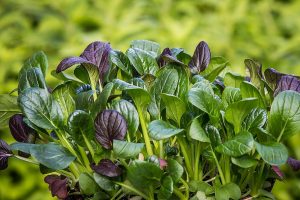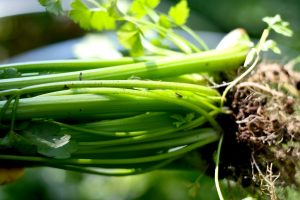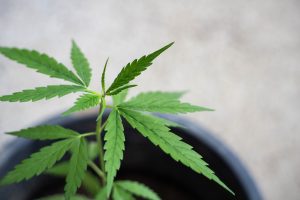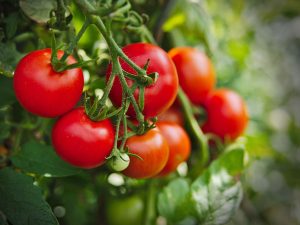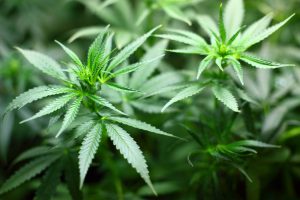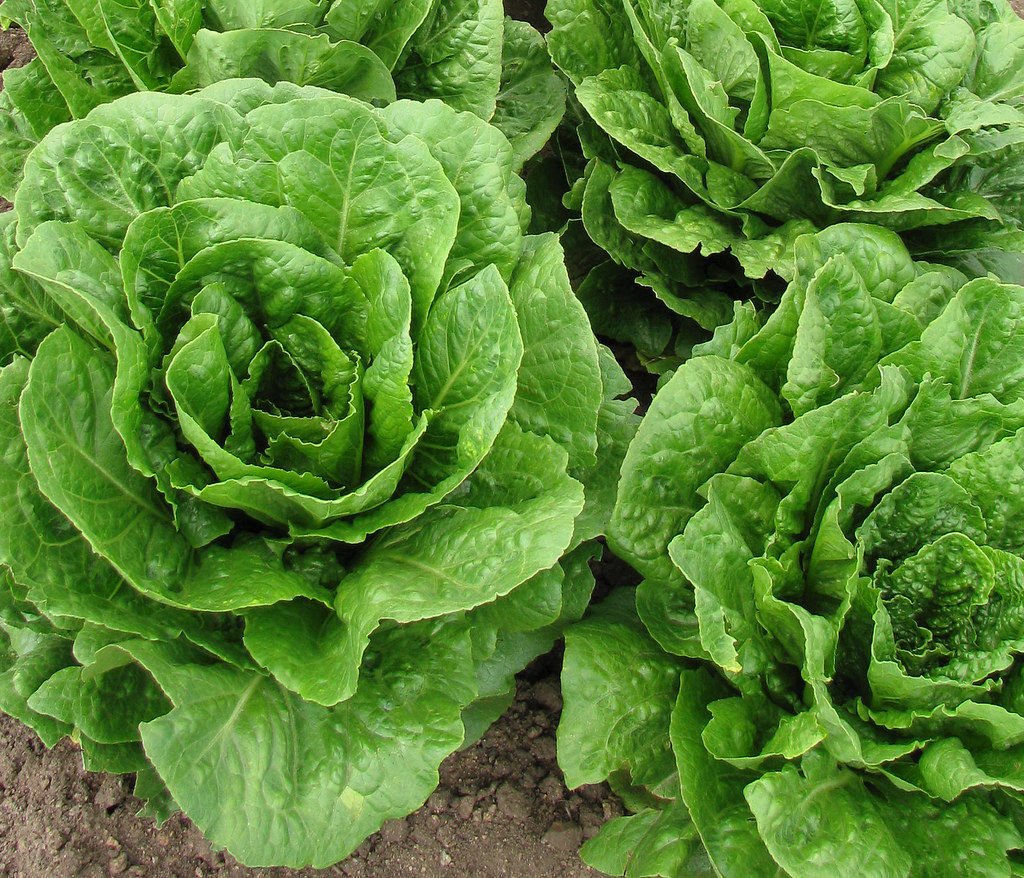
Lettuce is a versatile and nutritious leafy green that can be grown easily in your own backyard or even in a small container garden on your balcony. Whether you’re looking to add more fresh greens to your diet or just want to try growing something new, lettuce is a great place to start. In this blog post, we’ll walk you through the basics of growing lettuce, from choosing the right variety for your climate and soil type to planting and caring for your crop. Whether you’re an experienced gardener or just starting out, our step-by-step guide will help you grow healthy, tasty lettuce that you can enjoy all season long. So grab your gardening gloves and let’s get started!
Lettuce characteristics and uses
Lettuce is a popular salad vegetable that is enjoyed around the world. In this blog, readers will learn about the characteristics and uses of lettuce. There are many different types of lettuce available, each with its own unique flavor and texture. Choosing the right location and soil for planting lettuce is crucial for success. Timing, spacing, and depth are also important factors in ensuring optimal growth. Watering and fertilizing lettuce regularly is essential to keep the plants healthy. Pests and diseases can be a challenge when growing lettuce, but by taking preventative measures and using organic methods, they can be controlled. Harvesting lettuce at the right time is key to getting the best taste and texture. Readers will also learn how to store and preserve lettuce after harvest. Lastly, there are many delicious recipes and serving suggestions for fresh lettuce, making it a versatile and tasty addition to any meal.
Choosing the right location and soil for planting lettuce
When it comes to growing lettuce, choosing the right location and soil is crucial to the success of your garden. As previously mentioned, lettuce prefers well-drained soil that is loose, cool, and rich in organic matter. This can be achieved by adding compost or manure in the weeks prior to planting. In terms of location, aim for an area that receives at least six to eight hours of sun each day, but also has some shade during the hottest parts of the day. Spring and fall are the best times to plant lettuce, as it does not do well in extreme temperatures. By taking these factors into consideration, you are setting your lettuce plants up for optimal growth and healthy yields.
Selecting the right type of lettuce for your garden
When selecting the right type of lettuce for your garden, there are a few key factors to consider. First, think about your preferred taste and texture. Some lettuce varieties, such as butterhead or romaine, are ideal for salads, while others, like bibb or iceberg, are perfect for sandwiches. Next, consider your local climate and growing conditions. Some types of lettuce, like looseleaf or oakleaf, are more heat tolerant than others. And if space is limited, go for compact varieties that can be grown in containers, such as buttercrunch or little gem. Lastly, think about the length of the growing season. Some lettuces mature quickly, such as arugula, while others, like iceberg, take longer to develop. By selecting the right type of lettuce for your garden, you can ensure a successful harvest and enjoy a variety of fresh, flavorful greens all season long.
Planting lettuce: timing, spacing and depth
One of the most important things to consider when growing lettuce is planting it at the right time, spacing, and depth. As discussed earlier, lettuce grows best during spring or fall, and should be planted in well-draining soil that receives plenty of sunlight. When planting, it’s important to remember that lettuce seeds need to be sown 1/8 to 1/4 inch deep. However, because lettuce seeds need light to germinate, they should not be sown too deep. The spacing between lettuce plants will depend on the variety, so it’s important to check the seed packet for instructions. Larger hearting lettuces should be planted about 30cm (1ft) apart, while others can be spaced closer together. It’s also important to water lettuce regularly and fertilize it appropriately to promote optimal growth. By following these tips, gardeners can ensure a bountiful and delicious harvest of fresh lettuce.
Watering and fertilizing lettuce for optimal growth
Watering and fertilizing lettuce is crucial for its optimal growth. As discussed earlier, lettuce prefers fertile soil with a pH ranging from 6 to 6.8. Farmers often use nitrogen, potassium, and phosphorous fertilizers for faster growth, increased disease resistance, and strong root development, respectively. After planting, it’s important to water lettuce regularly to keep the soil moist but not soaked. Overwatering can lead to root rot and negatively affect your plants. Once the lettuce is established, you can reduce the watering frequency to twice a week, depending on weather conditions. Keep the soil well-draining, loose, and moderately rich in organic matter by amending it with compost. Avoid watering during the hottest part of the day to prevent evaporation and wilting. Like all fall vegetables, lettuce requires regular watering to maintain its succulent growth and prevent bolting. By following these watering and fertilizing tips, your lettuce will thrive and provide you with delicious and fresh salad greens.
Controlling pests and diseases in lettuce plants
Keeping pests and diseases in check is crucial for growing healthy lettuce. To prevent infestations, it’s recommended to keep lettuce leaves off the soil and use other plants as barrier plants. In containers, pests are less of a problem. A layer of mulch around the plants also helps retain moisture in the soil, preventing root rot. Well-grown plants are less susceptible to disease and pests, so ensuring good watering and fertilizing practices is important. If problems do arise, there are natural solutions that can help, such as insecticidal soap or neem oil sprays. Harvesting lettuce promptly can also prevent disease from setting in. By following these tips, you can keep your lettuce plants healthy and pest-free.
Harvesting lettuce: when and how to do it
When it comes to harvesting lettuce, timing is crucial. Mature head lettuce should be harvested at full maturity, while leaf lettuce can be harvested by simply removing the outer leaves as needed. To harvest head lettuce, wait until the head is firm and the leaves are tightly wrapped around it. Cut the head off at the base, making sure to leave some stem attached to the head to prevent it from wilting. Harvest leaf lettuce by cutting the outermost leaves just above the soil. Be sure to leave the innermost leaves, as they will continue to grow. It’s important to harvest lettuce regularly to keep the plants productive and prevent bolting. Bolting occurs when the plant flowers and goes to seed, causing the leaves to become bitter and tough. By harvesting lettuce regularly, you’ll keep the plant in its vegetative state and enjoy a prolonged harvest.
Storing and preserving lettuce after harvest
Once you’ve harvested your lettuce, it’s essential to take care of it properly to keep it fresh longer. After removing any damaged or wilted outer leaves, wrap the head of lettuce in paper towels or dish towels and place it in a plastic storage bag or bin. It’s best to store lettuce cold and moist at 32-40F (0-5C) and 95 percent relative humidity. Some gardeners prefer storing the entire uprooted plant in a container of water with a damp paper towel or plastic bag over the roots to keep them moist. Others find washing the lettuce, drying it completely, and storing it in airtight ziplock bags to preserve it the longest. Whatever method you choose, avoid storing lettuce with apples, pears, or other fruits that release ethylene gas and can cause the lettuce to spoil faster. Properly stored, you can enjoy fresh, crisp lettuce from your garden for several weeks.
Common mistakes to avoid when growing lettuce
Growing lettuce is a great way to add fresh, crisp, and healthy greens to your diet. However, there are a few common mistakes that novice gardeners tend to make when growing lettuce. One of the most common mistakes is over-planting. It may be tempting to plant many seeds all at once, but this can result in overcrowded plants and stunted growth. Another mistake to avoid is not providing enough water to your lettuce plants. Lettuce needs consistent watering, especially during hot and dry weather. It’s also important to avoid planting lettuce in the same location year after year, as this can lead to a buildup of soil-borne diseases. Lastly, not harvesting lettuce in a timely manner can result in bitter and tough leaves. By keeping these common mistakes in mind, you can grow delicious and healthy lettuce in your garden with ease.
Delicious recipes and serving suggestions for fresh lettuce from your garden
Once you’ve successfully grown a bounty of lettuce in your garden, it’s time to enjoy its fresh and crisp flavor. There are countless options for incorporating lettuce into your meal plans, from simple salads to elaborate dishes. Try whipping up a classic Caesar salad with homemade croutons, or mix things up with a Mexican-inspired taco salad. Lettuce also makes a great addition to sandwiches and wraps, adding crunch and freshness. For a unique twist, try grilling your lettuce to add smoky flavor and a charred texture. Whatever your preference, the key is to keep the lettuce as fresh as possible until serving time. Rinse and dry the leaves thoroughly, and store them in the fridge with a damp towel to preserve their crispness. With a little creativity, your homegrown lettuce can elevate your meals to new levels of deliciousness.

